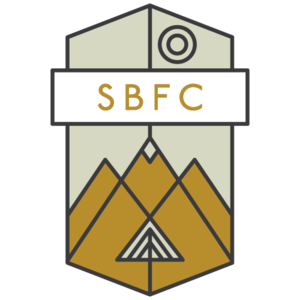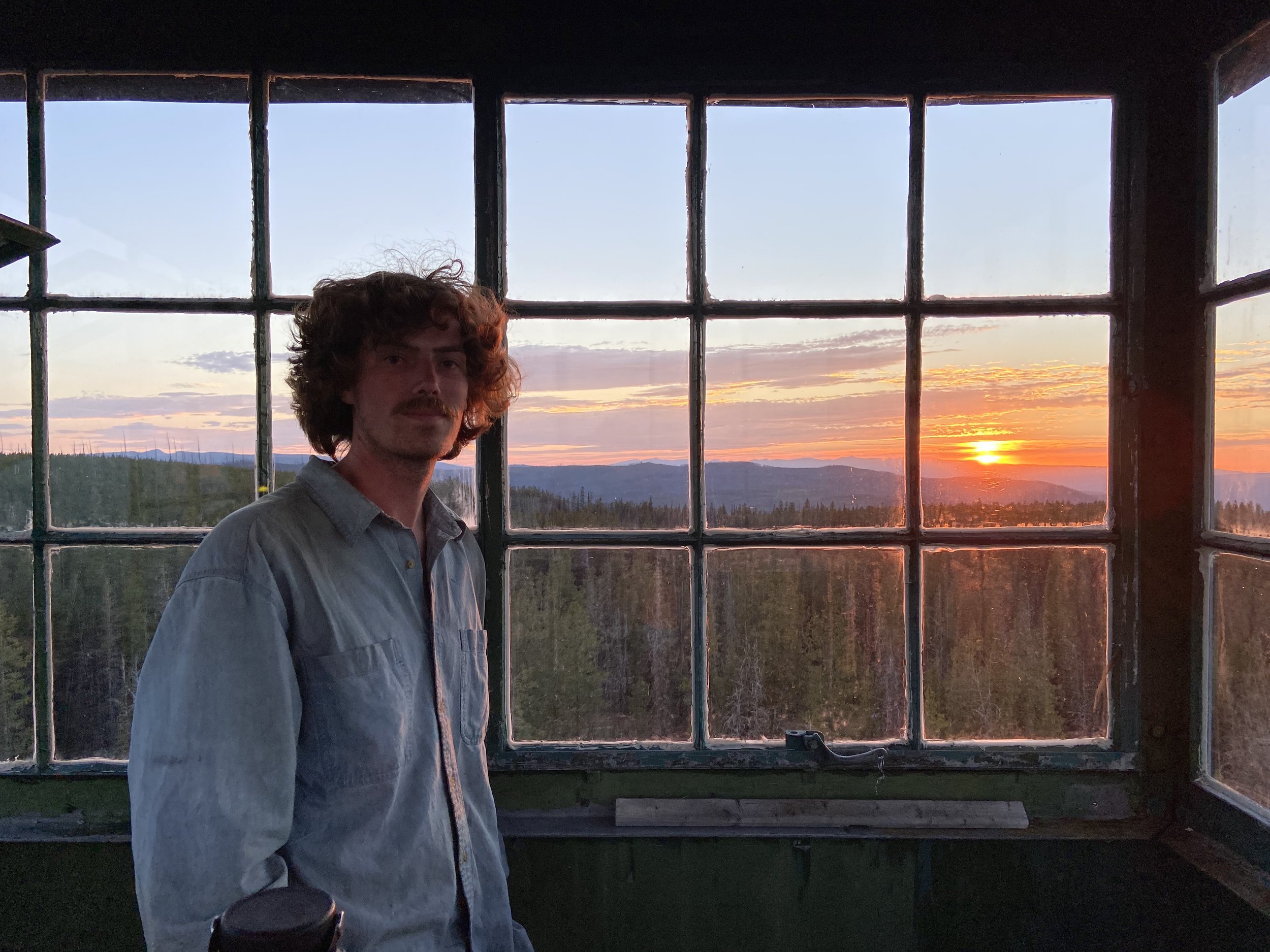Jacob Mick
Trail Crew Member
Hitch #6: August 17-24th
Nez Perce-Clearwater National Forest | Selway-Bitterroot Wilderness
The wilderness is a great place to go if you're trying to have intimate encounters with wildlife. Unfortunately when you're doing trail work, you're often making too much noise to get many of those experiences.
This season I'd only really seen a couple whitetail deer and a frog (and millions of mosquitos) until my last hitch.
It was an ordinary day of trail work, we were doing some retread on trail 220, when I looked downslope to see the biggest and brightest caterpillar of my life! I brought it to the attention of Clint and Nick who also were amazed by the size and color of the caterpillar.
We proceeded to have a short wilderness critter appreciation moment before returning to work; it was really neat.
So I may not have seen a majestic moose or burly bear this season, but I did see one coooooool caterpillar.
Editor’s Note: We believe this caterpillar to be a Cercropia Silk Moth Caterpillar, which will turn into a giant silk moth! Learn more: https://www.insectidentification.org/insect-description.php?identification=Cecropia-Silk-Moth
JACOB MICK
Nez Perce-Clearwater National Forests Trail Crew
Jacob grew up in Michigan and went to college at Northern Michigan University (NMU). While attending NMU, he took a trail building class and proceeded to do trail work with a local nonprofit after graduating. Jacob is passionate about wilderness because it's where he finds solitude and recuperates from the humdrum of modern life.
































